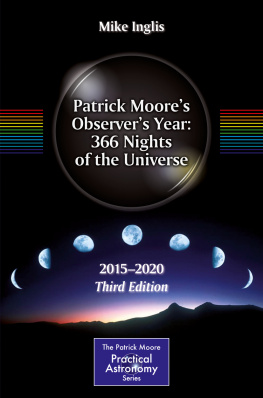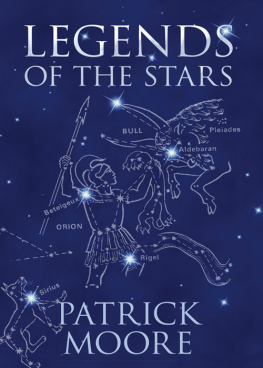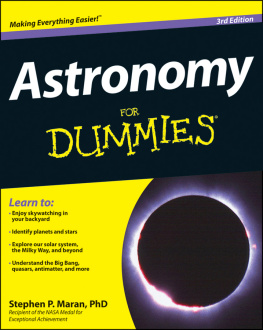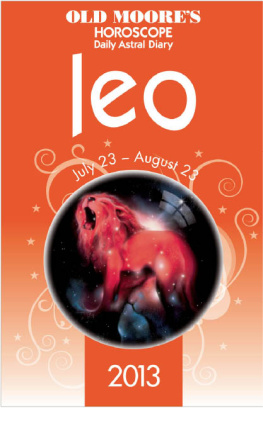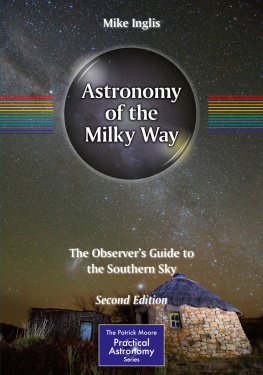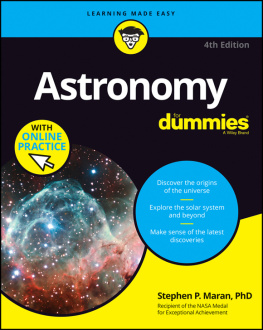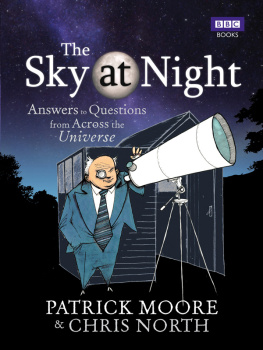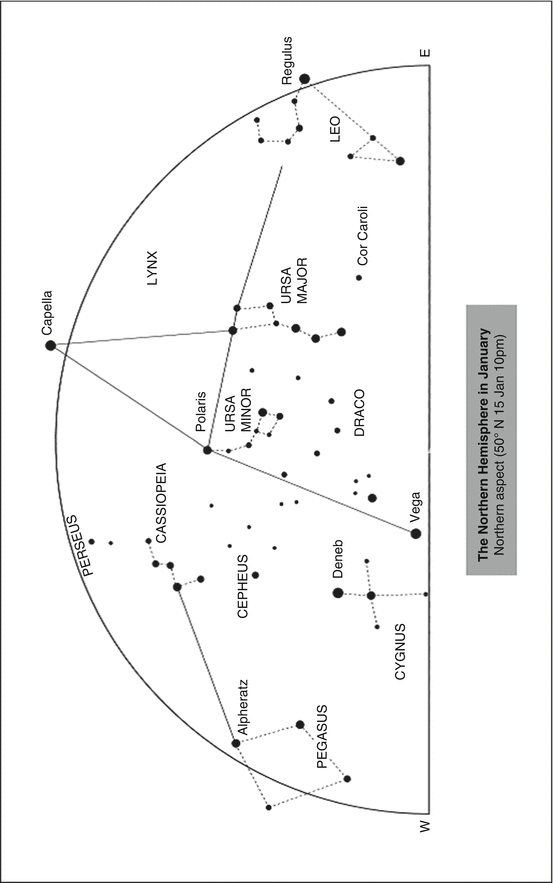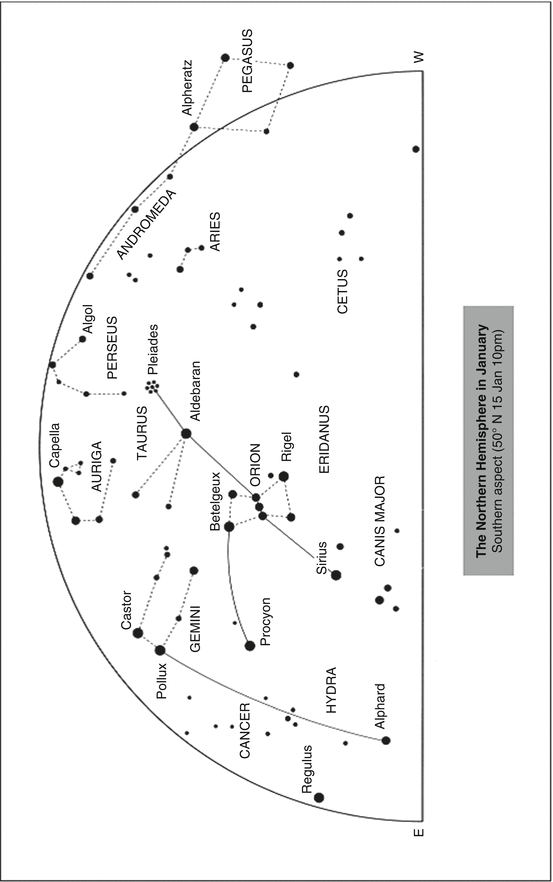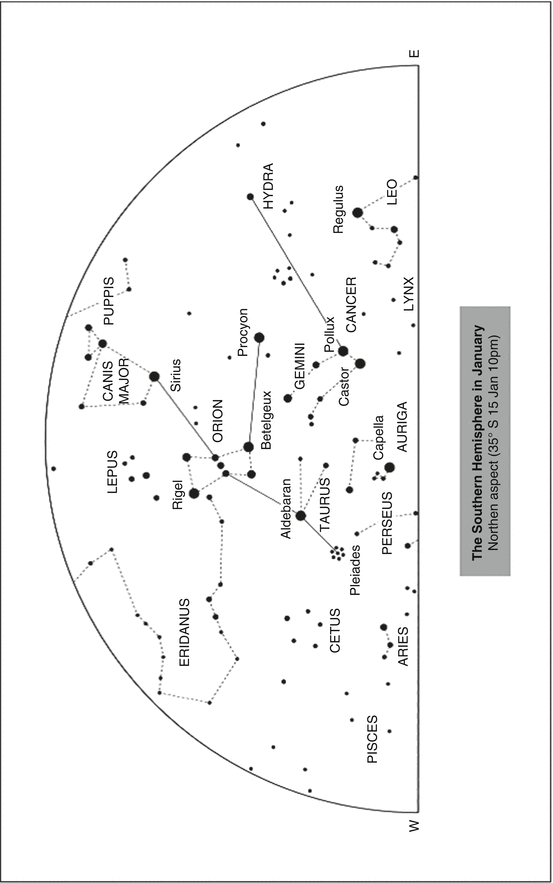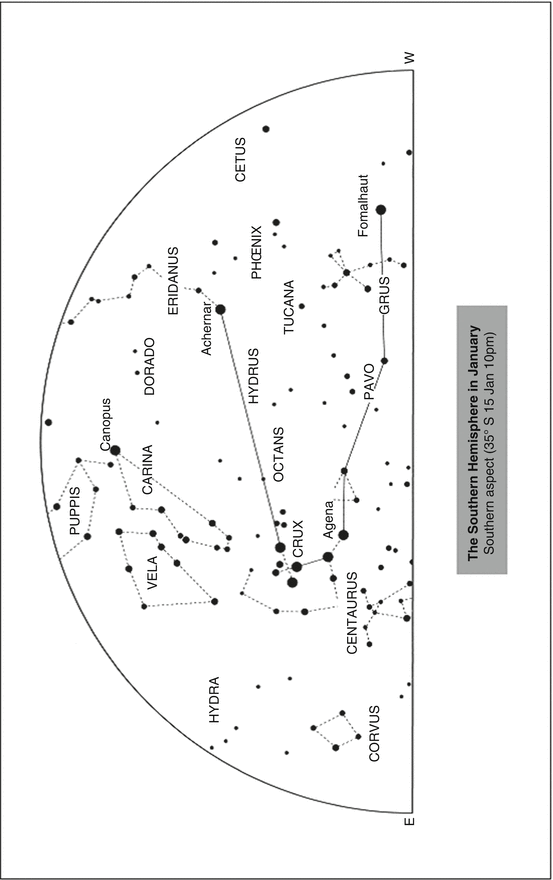Inglis - Patrick Moores Observers Year: 366 Nights of the Universe: 2015 - 2020
Here you can read online Inglis - Patrick Moores Observers Year: 366 Nights of the Universe: 2015 - 2020 full text of the book (entire story) in english for free. Download pdf and epub, get meaning, cover and reviews about this ebook. year: 2015, publisher: Springer, genre: Religion. Description of the work, (preface) as well as reviews are available. Best literature library LitArk.com created for fans of good reading and offers a wide selection of genres:
Romance novel
Science fiction
Adventure
Detective
Science
History
Home and family
Prose
Art
Politics
Computer
Non-fiction
Religion
Business
Children
Humor
Choose a favorite category and find really read worthwhile books. Enjoy immersion in the world of imagination, feel the emotions of the characters or learn something new for yourself, make an fascinating discovery.
Patrick Moores Observers Year: 366 Nights of the Universe: 2015 - 2020: summary, description and annotation
We offer to read an annotation, description, summary or preface (depends on what the author of the book "Patrick Moores Observers Year: 366 Nights of the Universe: 2015 - 2020" wrote himself). If you haven't found the necessary information about the book — write in the comments, we will try to find it.
Observers no longer need to wonder what they will turn their attention to each night of the year with this updated text of a beloved favorite from Sir Partick Moore. His night-by-night account of the stars is the best possible guide an observer could ask for, and now includes the latest data for the years 2015-2020, preserving and extending Sir Patrick Moores legacy.
This new edition of his classic text makes it easy to see why Sir Patrick Moore was such a helpful guide to generations of budding astronomers, professional and amateur alike. For every night of the year Patrick gives the reader details of interesting objects that can be seen from Earth. It is a book for people with a wide interest in practical astronomy, those who may not have specialized in a specific area of astronomy and wish to expand their knowledge in all areas. Moore updated his book in a second edition in 2005, giving astronomical events through 2010, but a more current version has been desperately lacking. This third edition includes Sir Patricks original text but revises its time-sensitive material and adds all of the points of interest that change from year to year, such as eclipses, occultations, planetary positions, and so on.
Sir Patrick Moore left behind an enormous legacy, including the worlds longest-running television series with the same original presenter, the BBCs The Sky at Night, and more than 70 written works. His influence on the world of amateur astronomy was phenomen
al, and his knowledge and passion led many to take up observing as a life-long hobby. This book, The Observers Year, 366 Nights of the Universe was, he said, one of his personal favorites. It now features a tribute to Patrick Moores legacy as well as including what has changed in astronomy since the previous edition ten years ago.Inglis: author's other books
Who wrote Patrick Moores Observers Year: 366 Nights of the Universe: 2015 - 2020? Find out the surname, the name of the author of the book and a list of all author's works by series.

